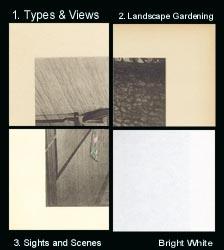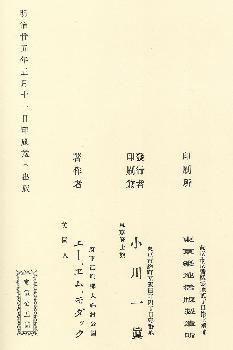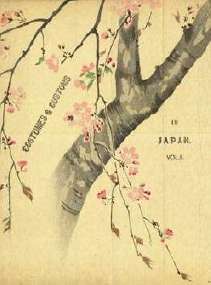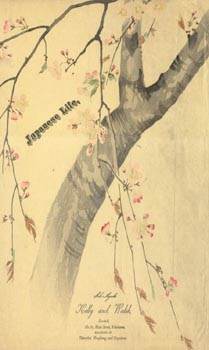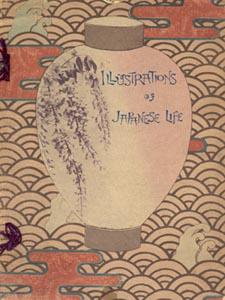The Hakone District
|
|
Ogawa, K. (Kazumasa) (Photographs Murdoch, James (Text) Burton, W. K. (Photographs) Kimbei, Kusakabe (Photographs): The Hakone District, Illustrated by K. Ogawa, Photographer, in Collotype With Descriptive Text by James Murdoch, M.A., Tokyo, K. Ogawa, Meiji 25 (1892), folio (12 x 16 in - 30.2 x 40.5 cm), decorated card covers, spine covered with cloth, string ties, 1 map in color (chromolithograph), 17 collotype plates with a total of 26 different images. Three plates have 4 images and 14 plates have a single image. There is no title page. Fifteen pages are printed with text. Plates, or groupings of plates in some instances, are preceded by a one to two page text discussion of the images they show. The collotype plates are preceded by a tissue guard with the number of the plate. Sometimes two plates are preceded by only one tissue guard when they are the subject of a consolidated discussion. There are no text comments printed directly on the plates. The first text page states "Printed by the Yokohama Printing and Publishing Company, Limited. The second text page reads:
I have to acknowledge my indebtedness to Mr. Kimbei for the photographs in Plate XVI and for two of the small photographs in Plate XI and to Professor W. K. Burton of the Imperial University for that in Plate VI and for the assistance in taking that in Plate XVII. K. Ogawa Next is the map. This is followed by a 3 page introduction and then the plates. The colophon at the rear states the printer to be the Tokyo Tsukiji Type Foundry which contradicts the text on the first page. Covers. The covers on this book are the standard "types and views" covers found on K. Ogawa's collotype books of this period. On the outside they are lithographed in color with a repeating pattern of concentric overlapping half circles, stylized clouds with leaves inside and breaking waves in silver. The inside of the covers have a two color butterfly pattern. The entire spine is covered in cloth. Dating the Book. This book has a printed colophon dating it to Meiji 25 (1892). For information on Kazumasa Ogawa, click here. |
|
(Click on the picture for a higher resolution image)
Plate I. Photographer, K. Ogawa
Plate II. & III. Photographer, K. Ogawa
Plate IV. & V. Photographer, K. Ogawa
Plate VI. Photographer, W. K. Burton
Plate VII. (4 views) Photographer, K. Ogawa
Plate VIII. Photographer, K. Ogawa
Plate IX. (4 views) Photographer, K. Ogawa
Plate X. Photographer, K. Ogawa
Plate XI. (4 views) Photographers, Kembei and K. Ogawa
Plate XII. Photographer, K. Ogawa
Plate XIII. Photographer, K. Ogawa
Plate XIV. Photographer, K. Ogawa
Plate XV. Photographer, K. Ogawa
Plate XVI. Photographer, Kimbei
Plate XVII. Photographer, K. Ogawa Assisted by W.K. Burton
Colophon. |
|
The Perry Expedition: General Information : Related Books/Pubs The Lithographs: Characteristics : Condition : Listing : Buying Order On-line: Lithograph Price List : Book Price List ABE Book List: BaxleyBooks Inventory on ABE Special Interest Books/Art: ~ K. Ogawa - Color Collotypes and Books/Prints ~ T. Hasegawa - Color Woodblock Books ~ Shimbi Shoin - Art Reproduction Books ~ Tamamura/Takagi, Kobe - Color Collotype Books ~ Georges Bigot - Etchings & Art ~ Keisuke Serizawa - Calendar Folios & Art ~ Woodblock Printing - Process & Miscellaneous Books ~ Japanese Woodblock Prints ~ Blackie the Photographer - Okinawa Photo Essay Books Meiji Era - Japan Views & Images (Price Lists & Information): ~ Albumen Photos : Chromolithographs ~ Colored Albumen Photographs (from Brinkley Books) ~ Stereoviews : Kazumasa Ogawa Collotypes ~ CDV - K. Ogawa : CDV - Other : Cabinet Cards ~ Glass Slides, "Magic Lantern" - Hand Colored ~ Fujiya Hotel, Miyanoshita PayPal Accepted: Pay for Purchases with PayPal Buying Books: Our Book Buying Interests BaxleyStamps: Main Page : Ryukyu Stamps : Japan Stamps Copyright and Fair Use Policy is here.
|
|
If you have material to sell, please visit this page: Buying.
George C. Baxley
Perry Expedition to Japan Books & Lithographs |






















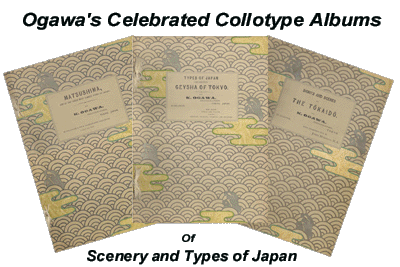
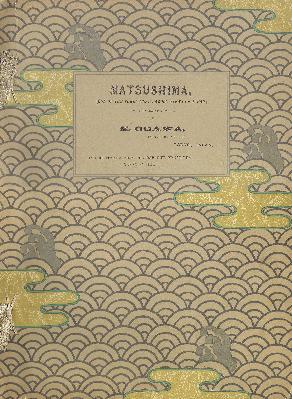
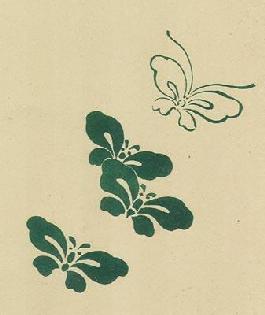

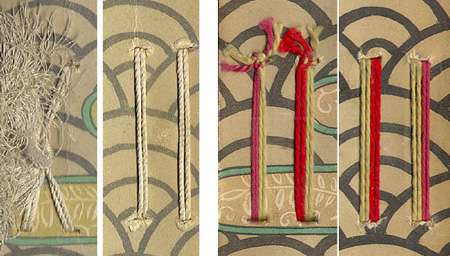

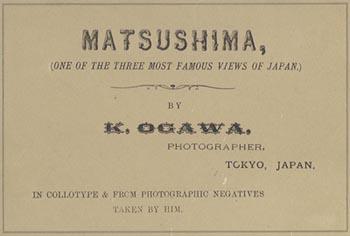
 Types and View books
Types and View books Landscape Gardening Supplement (1893)
Landscape Gardening Supplement (1893)
 Sights and Scenes in Fair Japan (1910)
Sights and Scenes in Fair Japan (1910)
 Bright white paper for comparison
Bright white paper for comparison
